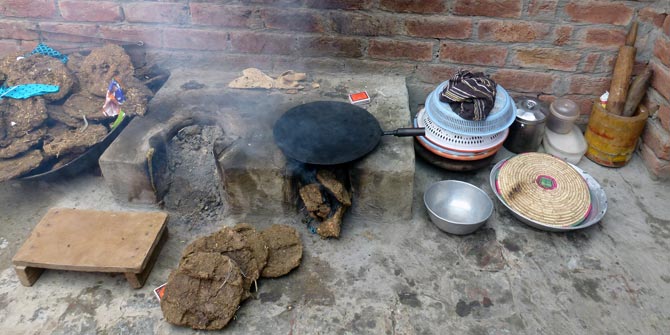
The Cost of Education
Many families have experienced modest increases in income due to economic growth in Pakistan. More village residents live in solidly built homes, although it is not unusual for a one or two-room house to accommodate eight to ten people. Children are better fed and adequately clothed. Overall health and longevity are improving as medical care reaches the villages. Some families have been able to acquire a bicycle or motorcycle.
With the glimmers of change, the expectations of rural families are rising. Although electricity is erratic, families often can afford a radio or television. Being exposed to mass media increases the desire for consumer goods. Fewer villagers now grow their own food or raise livestock for domestic use. As a result, more pressure is brought to bear on the younger generation to find salaried jobs or engage in work that brings cash into the household.
Schools such as Al-Hamd that enable students to attend free of charge make a significant contribution to the well-being of the community.
Despite these improvements, physical toil and economic insecurity remain the reality for many villagers. Food prices have skyrocketed in recent years, and basic services like power and water are chronically in short supply. The poor condition of roads impedes motorized transport. Both women and men walk long distances to work sites and carry heavy loads over rough paths. Women fetch water and firewood for daily use, or fashion cowdung into dried cakes to burn for fuel. Boys often tend animals and help with agricultural work, while girls take care of younger children and household chores.
Education offers a path forward. Although parents want to educate their children, they may not be able to sacrifice their labor, especially as they get older and mature. In addition, expenses like school fees, uniforms, and textbooks strain the family budget. Schools such as Al-Hamd that enable students to attend free of charge make a significant contribution to the well-being of the community. They liberate children from early employment, early marriage, and early child-bearing, and give them the hope of a more secure future.
